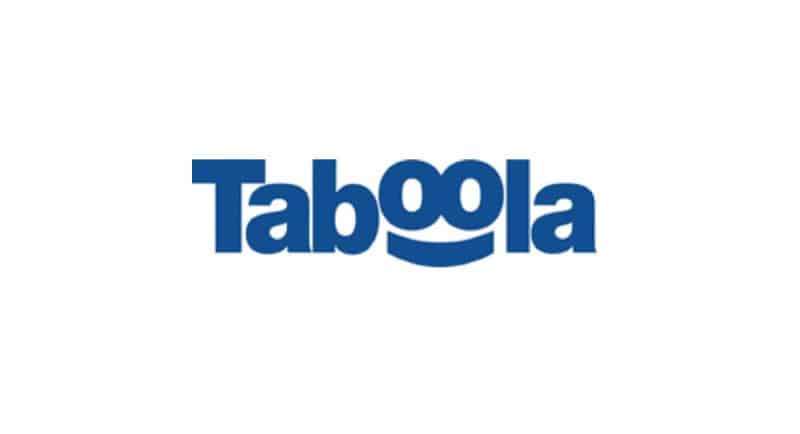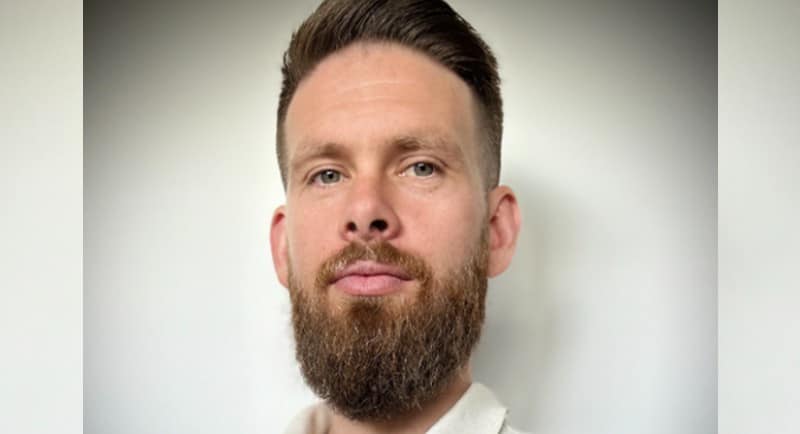Samuel Gray has been part of Taboola in Australia since 2017, starting as a media sales manager before stepping up to advertising sales director.
Gray marked one year as advertising sales director in September and spoke to Mediaweek about his growth and achievements with Taboola, the growth of the native advertising platform and his outlook for the year ahead.
Gray on his growth and achievements with Taboola
Gray leads a sales manager team who oversees the ad market in Australia, which encompasses the six big agency holding groups and direct enterprises.
In the role, he oversees growing Taboola’s ad revenue throughout Australia and New Zealand.
Among Gray’s many highlights of his time with Taboola has been spearheading the transition from direct advertiser model to agency engagement.
“The business was already big globally and prominent in many markets like America. But it was very much in its infancy here in Australia. It felt like a start-up, compared to today working with the biggest players like News Corp Australia, Seven West Media, and ESPN,” he said of the company’s early days.
“The direction from the business at that time was we should work directly with advertisers, have direct relationships and work directly with the brands. There was less of an appetite to work with the big agencies.”
Gray said there was a natural transition over a couple of years where Taboola became more established and dominant in the market and began working with bigger, reputable publishers in Australia.
“What that allowed us to do was decide about what the direction of the business was going to be. One of those things was to engage with the agencies in a meaningful way, which is something we had resisted doing as a business in the past,” he explained.
Gray recalled that the shift began in 2019. “It was a big transition because it was a complete shift in focus for the team and a very different approach. It’s something that is ongoing, but it’s been really good.
“When I first joined, we were not really working with any of the large major agencies, and now we’re working with everybody here in the market,” he said.
“We also have some trading agreements in place, which the business wouldn’t have looked at before. So, we’ve made a lot of progress in that space,” he added.
Gray was instrumental in negotiating and signing some of the first agency trading agreements in Taboola globally. He said: “When you’re looking at these kinds of agreements with agencies, it’s a value exchange.
“We got the green light to move ahead with some agreements of this nature. Here in Australia, we signed some of the first ones that we had globally, and there’s been a lot of progress in that space,” he added.
Taboola’s wide network of publishing partners
Taboola works with over 9000 publishers globally. In Australia, the platform works with News Corp, Seven West Media, ESPN, Fox Sports, Bloomberg, MSN and SBS.
“We work with publishers on an exclusive basis and long-term partnerships. We try to work with publishers for two, four, five, and even 10-year deals because Taboola is an integral part of their business,” Gray said.
Gray noted that Taboola powers a lot of behind-the-scenes work for the publishers in terms of gathering audience insights, readership insights, what people are doing, and how people behave.
“That helps to inform many decisions for publisher’s editorial teams about what type of articles they’re publishing, what they should be writing about, what they should be pushing, driving more engagement and more pageviews on their organic content to increase their readership. And ultimately, to increase their revenue,” he added.

The growth and awareness of Native and its future
Speaking about the growth and awareness of Native, Gray noted that since opening Taboola’s Sydney branch back in 2017, the company and the understanding of Native had proliferated.
Gray said that he believes its growth was driven by several factors, such as the desire for brands and agencies to diversify their digital mix outside the walled gardens.
“They’re looking for alternatives to spend their ad dollars outside of the walled gardens of social media. Native is a really good option.
“As a marketer, you need to understand where your audience is spending time. From there, you can understand what tools or channels are available to reach and engage them.
“Users spend on average 25% of their total time online on the open web consuming content on the publisher side. That’s more time than they spend on social apps, and it’s more time than they spend on search as well. It’s a huge opportunity,” he said.
Gray noted that traditionally, the open web has been more fragmented than search or social because of an ecosystem of different publishers owned by several entities and individuals.
“What platforms like Taboola do is help to consolidate the open web for advertisers. At Taboola, we have partnerships with thousands of publishers, over 9000 of them globally, making the open web audience easily accessible for advertisers,” he explained.
“Now, an advertiser or a brand can reach their audience across all the big publishers just through one platform. That’s part of the attraction.”
Gray also noted that the growth factor is how Taboola conveys a brand’s message to the audience.
“It has a lot to do with the placement and the environment. On average, people are exposed to between 5,000 to 10,000 different ads every single day. It’s too much information for us to comprehend,” he explained.
Gray said advertisers need to find different ways to cut through the noise to make a brand’s message heard instead of making ads bigger, brighter, and louder or forcing video ads to play.
“I think we need to start to look at the performance of the ads outside of shallow metrics like completion rate and consider what kind of impact the ad is having on the audience if it is interrupting their experience,” he said.
“Native gives that seamless feel, and as a result, it’s non-intrusive and highly engaging. It drives performance, high click-through rates compared with traditional display advertising, and a strong performance for emotional response or attention,” he added.
Gray noted that advertisers want the full-funnel strategy, which Native allows for. “For many advertisers, this enables them to reach new audiences in new places. Brands and agencies are starting to see native as a good third pillar of their digital marketing mix (alongside search and social),” he said.
Navigating the challenges brought on by the pandemic
Reflecting on the pandemic, Gray said that, like many companies, it was a challenging time for Taboola that saw them adapt to the work-from-home model for an extended period.
Gray noted the Sydney-based company continued working amid the pandemic relying on phones and video call platforms for online meetings with counterparts around Australia, New Zealand and the world.
Gray added that Taboola was fortunate to be in an industry that wasn’t too negatively impacted by the pandemic, as more people spent time online and more opportunities to show ads from advertisers.
“Where the challenges were was more around keeping the team, keeping people engaged, keeping people motivated, and feeling like they’re part of something,” he noted.
Gray’s outlook ahead for Taboola in the year ahead
Looking ahead at goals and milestones for Taboola, Gray said: “The opportunity is almost unlimited. Even though amazing progress has been made, we’re still just scratching the surface of what’s possible.”
Gray noted that he would like to see Taboola continue to work on developing deeper relationships and bigger partnerships, as well as becoming an integral part of their advertiser’s business.
“What Taboola has done over the years has built a successful business on the publishing side – to a point where we are a critical part of these big publishers’ business.
“I’d like to see us get a similar level of importance on the advertising side of the business, so we become a critical partner to the agencies in the same way that we are a critical partner to the big publishers,” Gray added.
